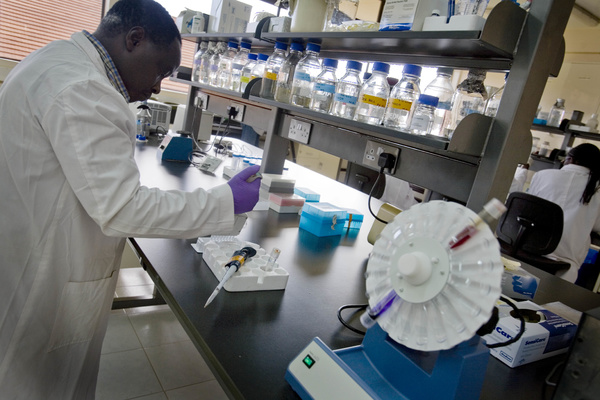|
south korean researchers at the center for multidimensional carbon materials (cmcm) in ulsan and the institute for basic science (ibs) in daejeon have documented the chemical reaction that occurs when hydrogen is added to graphene and noted that hydrogenation opens a bandgap in the material.

researchers have discovered that hydrogenation of graphene opens a bandgap in the material.
(wikimedia commons)
according to a press release from the ibs, researchers dissolved lithium in ammonia (a “birch-type reaction) to introduce hydrogen onto graphene through the creation of c-h bonds. hydrogenation is rapid in single-layer graphene and proceeds slowly from the edges in layered graphene, but the researchers noted that without edges on the graphene that the process does not occur at all.
the study also showed that hydrogenation occurred between the layers of graphene (bi-layer or tri-layer graphene was used) and that this process effected the optical and electric properties of the material.
the research was published in the journal of the american chemical society. the abstract of the report read:
“few-layer graphenes, supported on si with a superficial oxide layer, were subjected to a birch-type reduction using li and h2o as the electron and proton donors, respectively. the extent of hydrogenation for bilayer graphene was estimated at 1.6–24.1% according to raman and x-ray photoelectron spectroscopic data.
“while single-layer graphene reacts uniformly, few-layer graphenes were hydrogenated inward from the edges and/or defects. the role of these reactive sites was reflected in the inertness of pristine few-layer graphenes whose edges were sealed.
“hydrogenation of labeled bilayer (12c/13c) and trilayer (12c/13c/12c) graphenes afforded products whose sheets were hydrogenated to the same extent, implicating passage of reagents between the graphene layers and equal decoration of each graphene face.
“the reduction of few-layer graphenes introduces strain, allows tuning of optical transmission and fluorescence, and opens synthetic routes to long sought-after films containing sp3-hybridized carbon.”
|